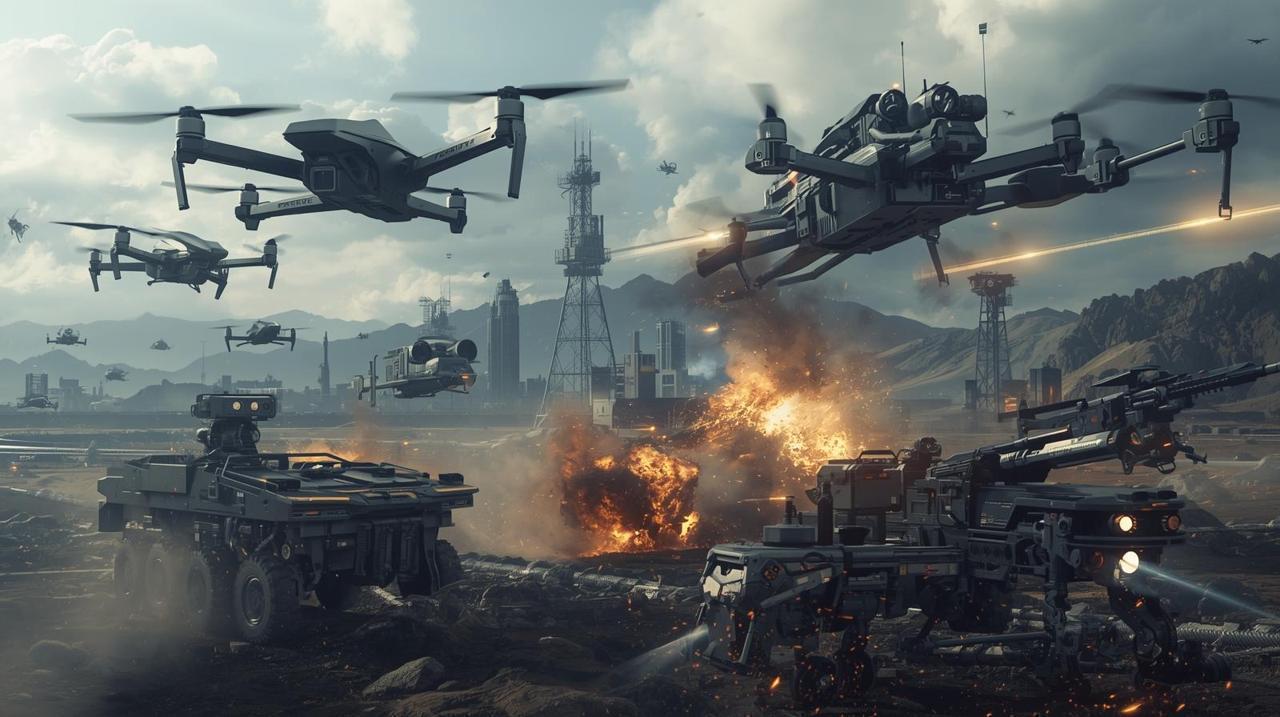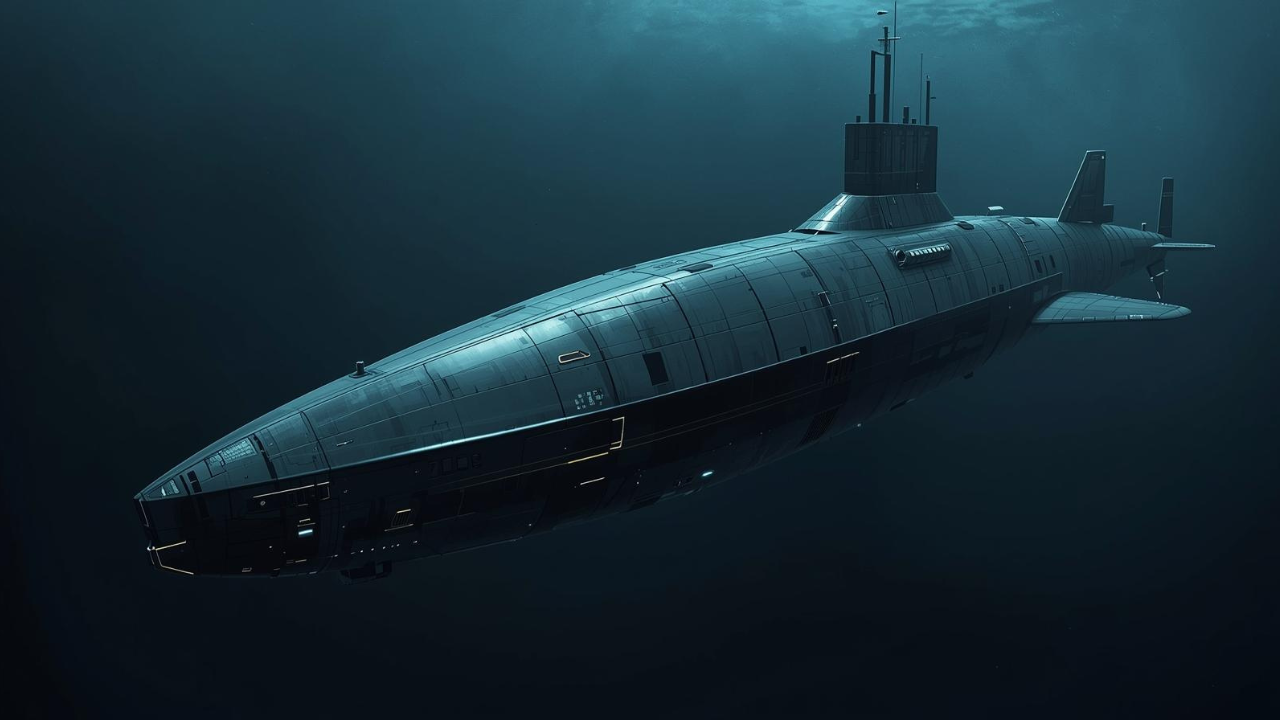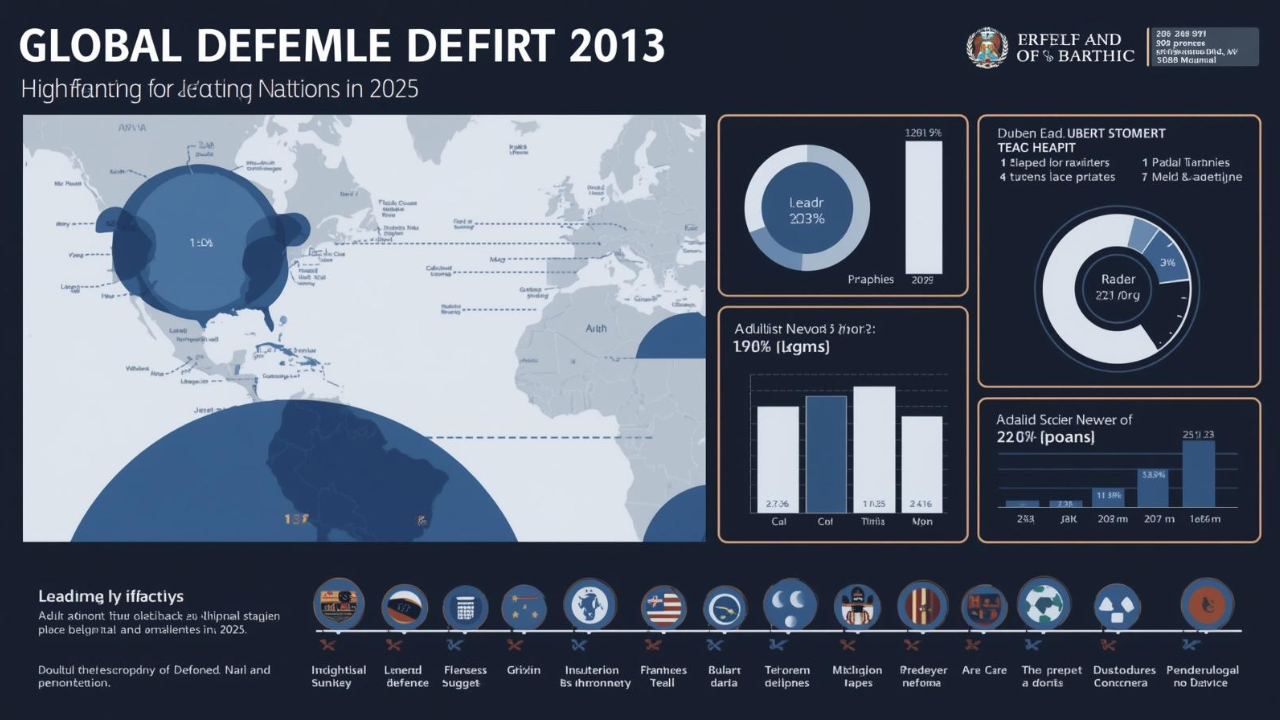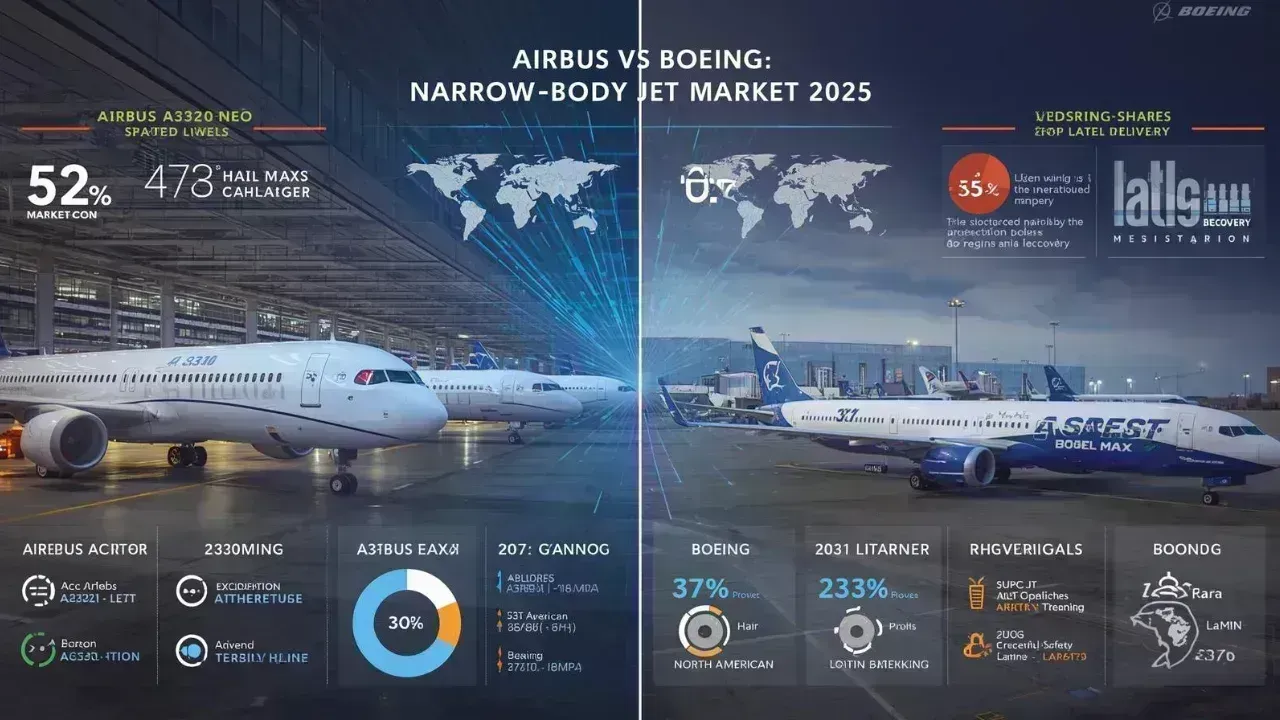
Post by : Shivani
The battlefield of 2025 is no longer defined by steel and fire alone. Artificial intelligence (AI) and robotics have evolved from support tools into force multipliers—autonomous systems that perceive, decide, and act faster than any human operator. From Ukraine’s AI-guided loitering munitions to Israel’s Ghost Bat UCAVs, the integration of machine intelligence is rewriting military doctrine.
“We are witnessing the most rapid transformation in warfare since the invention of gunpowder. AI doesn’t just assist—it leads.”
— Gen. Mark Milley, Former Chairman of the U.S. Joint Chiefs of Staff (2023)This 3,000+ word analysis examines how AI and robotics are transforming defense operations across five domains: autonomy, intelligence, lethality, logistics, and ethics. We explore real-world deployments, emerging technologies, and the strategic implications for global powers.
The Bayraktar TB2 in Ukraine and Harop in Nagorno-Karabakh proved that low-cost drones could neutralize billion-dollar armor. Now, AI enables full autonomy:
Since 2023, Ukraine has deployed 10,000+ FPV drones monthly, guided by AI targeting software. Delta—a Ukrainian C2 platform—uses Palantir-like AI to fuse satellite, drone, and SIGINT data in real time.
Result: 70% reduction in artillery spotting time; Russian convoys neutralized before reaching the front.
| System | Country | AI Capability | Range |
|---|---|---|---|
| Bayraktar Kızılelma | Turkey | Autonomous takeoff/landing, target lock | 900 km |
| Loyal Wingman (Ghost Bat) | Australia | AI teammate for F-35 | 2,000 nm |
| Wing Loong III | China | Swarm attack, SATCOM-independent | 10,000 km |
Table 1: Leading AI-enabled UCAVs in 2025
AI processes petabytes of ISR data in seconds:
Soldiers now carry AI-enabled goggles (Microsoft IVAS) that highlight threats, translate languages, and predict enemy movement using gait analysis.
“The side that masters AI-driven intelligence will achieve decision superiority—winning before the first shot.”
— U.S. Army Futures Command, 2024Systems like AeroVironment Switchblade 600 and IAI Harpy NG use convolutional neural networks to:
Russia’s Zircon and China’s DF-17 use AI for terminal guidance at Mach 8+, making interception nearly impossible.
Lockheed Martin ONYX and Sarcos Guardian XO enable soldiers to carry 200 lbs indefinitely, reducing fatigue by 70%.
Palantir AIP predicts ammunition needs 72 hours in advance using weather, combat intensity, and unit location.
Zipline drones deliver blood and munitions to forward positions in Rwanda and U.S. Army tests. Bell APT 70 lifts 300 lbs over 100 km.
The Campaign to Stop Killer Robots demands a preemptive ban. Yet, no binding treaty exists as of 2025.
Who is responsible when an AI drone misidentifies a civilian bus? Current answer: the commander—but liability frameworks lag.
Training data from urban environments fails in rural terrain. A 2024 GAO report found 12% false positives in DoD AI targeting models.
| Country | Investment (2025) | Key Programs |
|---|---|---|
| United States | $12.4B | JADE, Replicator, Project Maven |
| China | $10.8B (est.) | Intelligentized Warfare, Type 926 UUV |
| Russia | $2.1B | Marker UGV, Poseidon nuclear torpedo |
| Israel | $1.3B | Lavender AI, Iron Dome AI upgrades |
Table 2: Global military AI investment (2025 estimates)
By 2030, expect:
The U.S. Replicator Initiative aims to field thousands of attritable autonomous systems by 2026—costing less than $100K each.
Stay ahead of the defense tech revolution.
AI and robotics are not replacing soldiers—they are amplifying them. The winner will not be the side with the most drones, but the one that best integrates human judgment with machine speed.
As Sun Tzu wrote 2,500 years ago: “The supreme art of war is to subdue the enemy without fighting.” In 2025, AI is making that vision technically feasible—and ethically urgent.
#AIinWarfare #MilitaryAI #Robotics #DefenseTech #AutonomousDrones #DroneSwarm #UCAV










Bengaluru-Mumbai Superfast Train Approved After 30-Year Wait
Railways approves new superfast train connecting Bengaluru and Mumbai, ending a 30-year demand, easi

Canada Post Workers Strike Halts Nationwide Mail and Parcel Services
Canada Post halts operations as CUPW strike disrupts mail and parcel delivery nationwide amid disput

PM Modi Launches BSNL ‘Swadeshi’ 4G Network, 97,500 Towers Built
India enters global telecom league as PM Modi inaugurates BSNL’s indigenous 4G, connecting 26,700 vi

India’s Iconic MiG‑21 Takes Final Flight After Six Decades of Service
After 60 years India retires its MiG‑21 fighter jet, a legendary yet controversial warplane marking

Hindustan Zinc unveils AI hotspot monitoring at Debari smelter
Hindustan Zinc launches AI-powered Switchyard Hotspot Monitoring at Debari smelter to cut outages bo

Chinese experts worked inside sanctioned Russian drone plant
Chinese drone specialists visited IEMZ Kupol supplying parts and drones via intermediaries, deepenin